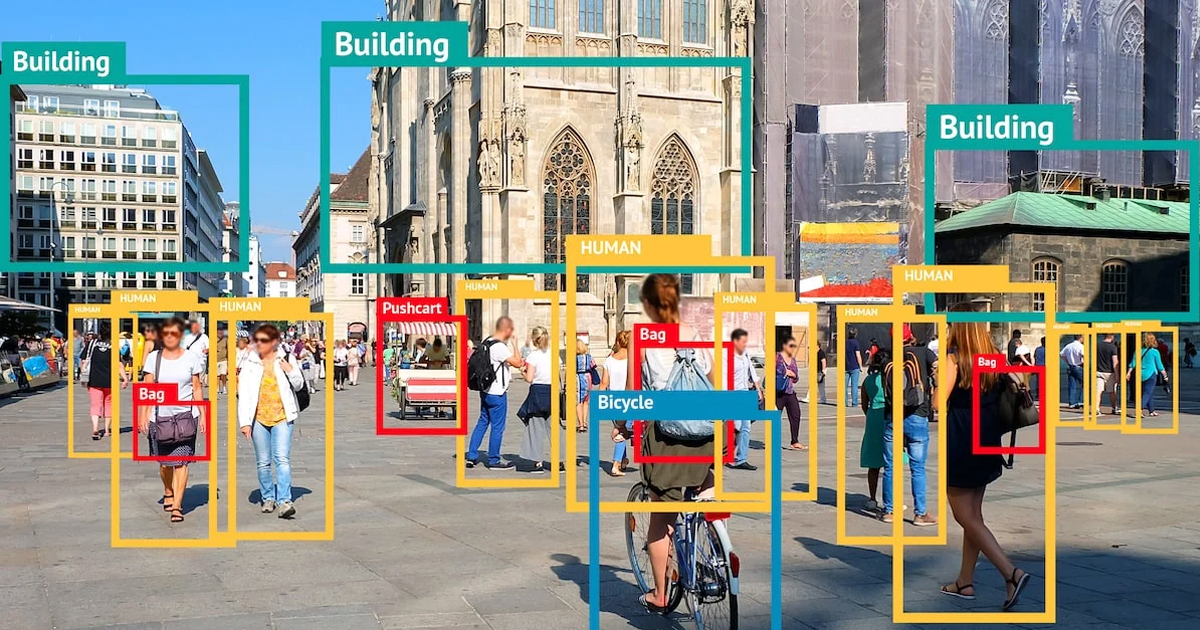Object detection is a crucial computer vision task that involves the identification and localization of objects within an image or video. It is a fundamental step in many applications, including autonomous vehicles, surveillance systems, robotics, and image retrieval. Over the years, researchers have developed various algorithms and techniques to tackle this challenging problem. In this article, we will explore different approaches used in object detection, ranging from classical methods like Haar cascades and feature-based methods to state-of-the-art deep learning-based approaches such as Faster R-CNN and YOLO.
Classical Approaches
- Haar Cascades: One of the earliest successful methods for object detection was the Haar cascade algorithm, introduced by Viola and Jones in 2001. Haar cascades utilize machine learning techniques to identify objects based on a set of pre-defined features. This method involves training a classifier using positive and negative samples, where positive samples contain the object of interest and negative samples contain background information. The algorithm then uses a cascade of simple classifiers to efficiently detect objects in real-time. While Haar cascades are fast and effective for certain object classes, they have limitations in dealing with variations in scale, rotation, and occlusion.
- Feature-based Methods: Another classical approach to object detection involves using handcrafted features and machine learning algorithms. These methods rely on extracting features, such as scale-invariant feature transform (SIFT), histogram of oriented gradients (HOG), and local binary patterns (LBP), from the input image. These features are then fed into a classifier, such as support vector machines (SVM) or random forests, to classify and localize objects. Feature-based methods have been successful in specific domains, but they often struggle with complex backgrounds, cluttered scenes, and variations in pose and lighting conditions.
Deep Learning-Based Approaches
With the advent of deep learning, object detection has witnessed significant advancements. Deep learning models, particularly convolutional neural networks (CNNs), have revolutionized the field by automatically learning discriminative features from raw image data. Two popular deep learning-based approaches for object detection are Faster R-CNN and YOLO.
- Faster R-CNN: Faster R-CNN (Region-based Convolutional Neural Networks) introduced by Ren et al. in 2015, is a two-stage object detection framework. It consists of a region proposal network (RPN) and a region classification network. The RPN generates region proposals, which are potential object bounding boxes, and the classification network classifies these proposals into different object categories. The key innovation of Faster R-CNN lies in the introduction of the RPN, which shares convolutional features with the classification network, enabling efficient end-to-end training. Faster R-CNN achieves state-of-the-art performance and is widely used in various applications.
- YOLO: YOLO (You Only Look Once), proposed by Redmon et al. in 2016, takes a different approach by formulating object detection as a regression problem. YOLO divides the input image into a grid and predicts bounding boxes and class probabilities directly from the grid cells. Unlike two-stage detectors, YOLO performs detection in a single pass, making it extremely fast and suitable for real-time applications. Although earlier versions of YOLO struggled with small object detection and localization accuracy, subsequent iterations like YOLOv3 and YOLOv4 have significantly improved performance.
Recent Advancements and Challenges
Object detection continues to evolve with ongoing research and technological advancements. Recent approaches incorporate advanced architectures like EfficientDet, which optimize the trade-off between accuracy and computational efficiency. Additionally, models like DETR (DEtection TRansformer) have demonstrated the effectiveness of transformer-based architectures for object detection tasks. These models leverage self-attention mechanisms to capture global contextual information and achieve state-of-the-art results.
However, despite the remarkable progress, object detection still faces challenges. Handling objects with extreme scale variations, occlusion, and complex backgrounds remains a difficult task. Addressing these challenges requires the development of novel techniques, robust training strategies, and larger and diverse datasets for better generalization. Furthermore, the ethical considerations surrounding object detection, such as privacy concerns in surveillance systems, also need to be carefully addressed.
Summary
Object detection plays a vital role in numerous computer vision applications, and various algorithms and techniques have been developed to address this challenging task. From classical methods like Haar cascades and feature-based approaches to deep learning-based models such as Faster R-CNN and YOLO, each approach has its strengths and limitations. The field continues to advance, with new architectures and methodologies being proposed regularly. As the demand for accurate and efficient object detection grows, further research and innovation will undoubtedly pave the way for more robust, reliable, and real-time object detection systems.
